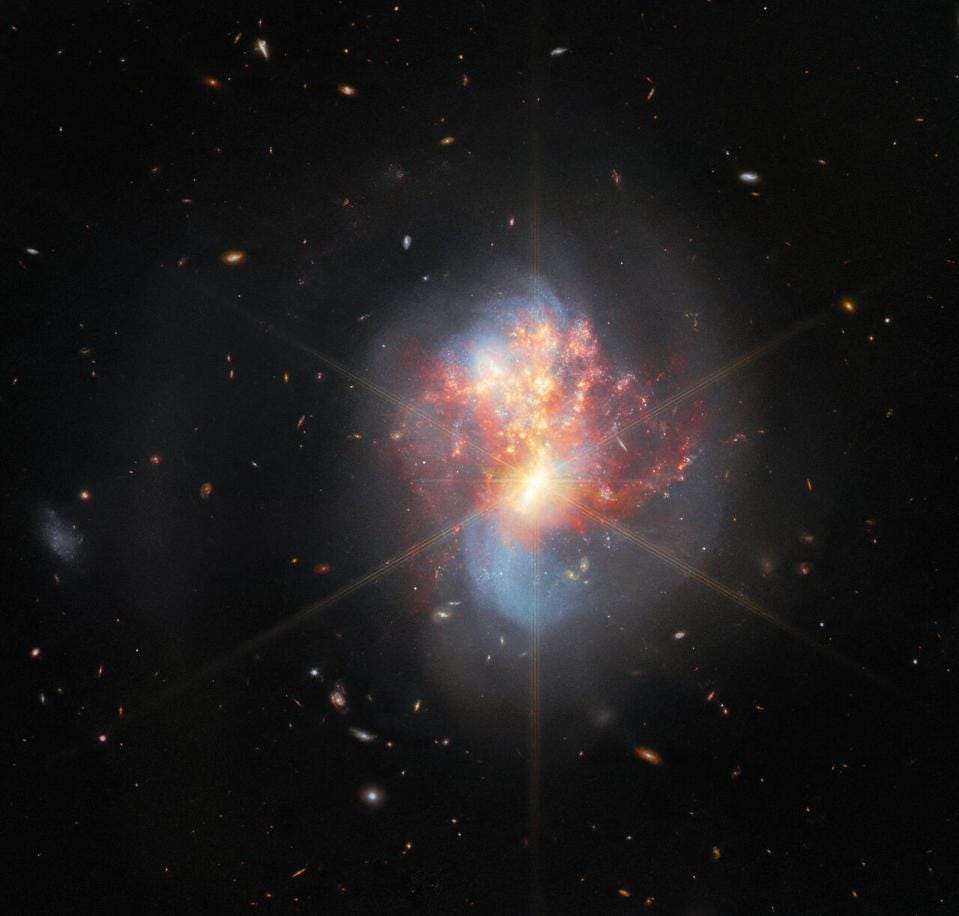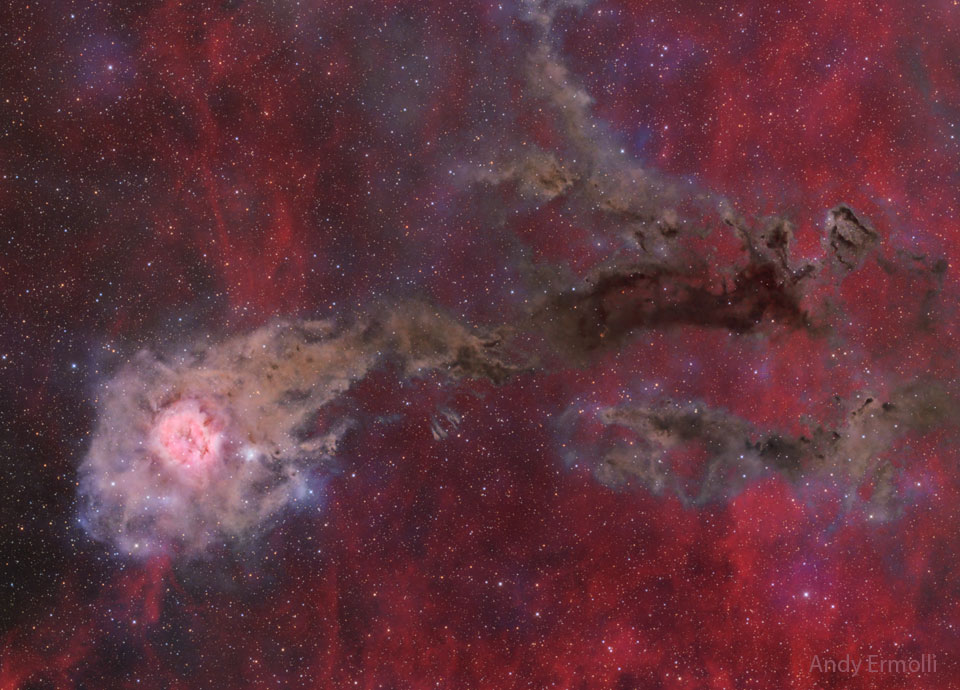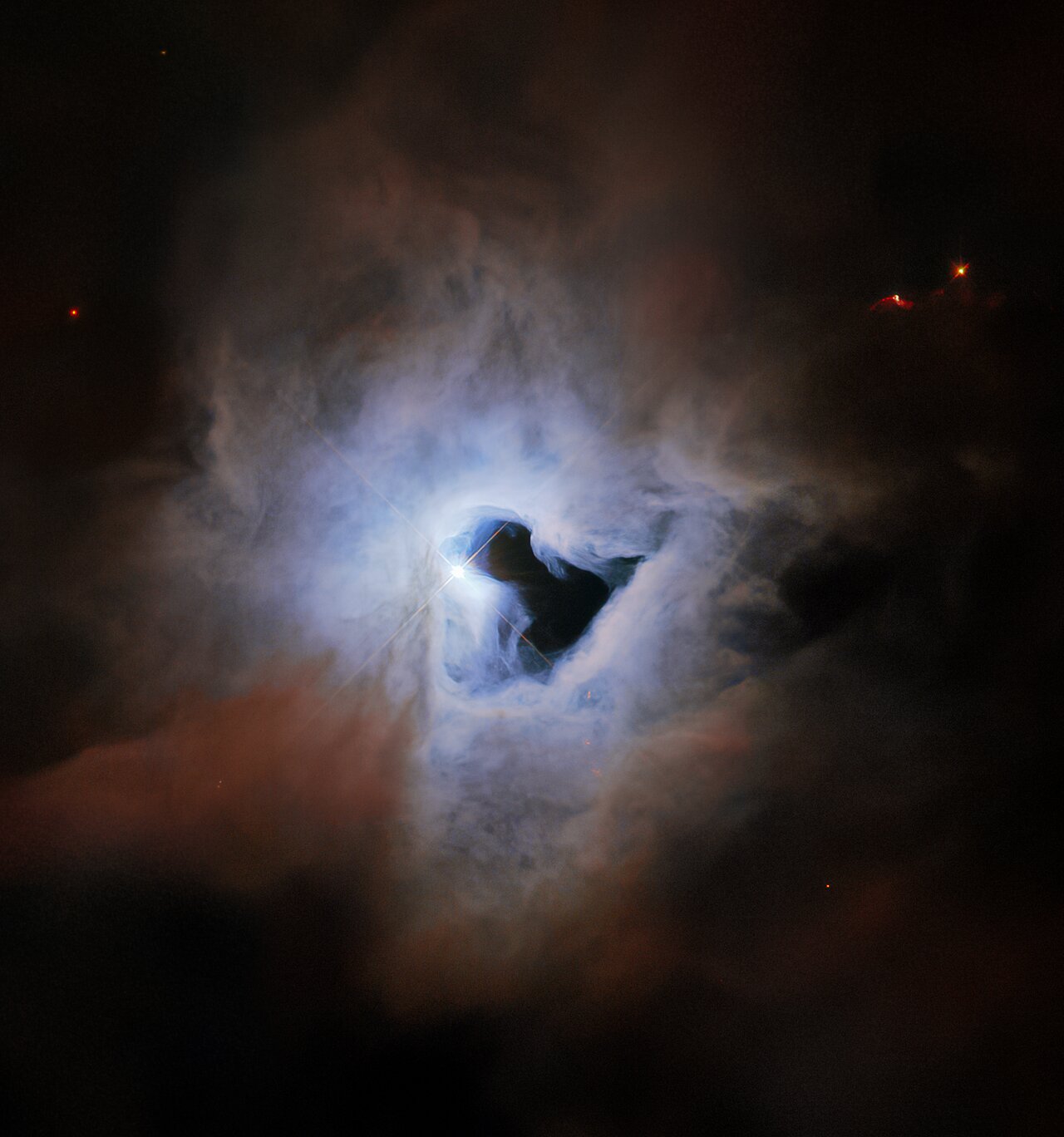Blog
born 10-28-1958
After 20 years of making music together as husband-and-wife jazz duo Tuck & Patti, Tuck Andress’s guitar and Patti Cathcart’s vocals blend smoothly into a honed sound all their own. They perform both their own compositions, such as “High Heel Blues,” and standards like “One Hand, One Heart” from West Side Story and Stevie Wonder’s “I Wish.” Each concert ends with their signature closer, “You Take My Breath Away.”
Andress was raised in Oklahoma. He studied piano and took up guitar as a young teenager, when he was eager to play in a neighborhood garage band. He studied for a few months with Tommy Crook, but was primarily a self-taught artist who learned by playing with other musicians, listening to records, and experimenting. He enrolled in Stanford University in 1970, but dropped out after the first quarter to join members of his high school band in Los Angeles. Andress found a session gig on his first day in town, and was later offered work on the popular Sonny and Cher Comedy Hour. Soon, however, he found Los Angeles too commercial, and he went back to Stanford, where he majored in music, studying classical guitar and playing with the Gap Band, Chaka Kahn, and Leon Russell.
Meanwhile, Cathcart, who was born and raised in San Francisco, spent eleven years studying the violin. She also sang in and directed choirs, but learned about phrasing and scatting by listening to Sammy Davis, Jr. She studied opera in college, then began singing with rock ‘n’ rollers in her twenties, including Bob Weir’s Kingfish band, Shaky Ground, and Occam’s Razor.
Tuck & Patti, who met in San Francisco in 1978 while auditioning for a Las Vegas-style show band, had an immediate connection, claiming in the December 7, 1988, edition of the Boston Globe that theirs was love at first sight: “‘Each of us had an idea for a special, distinctive sound after absorbing all those influences,’ said Tuck. Patti chimed in, ‘And I’ve been quoted before, accurately, that I am a product of everything I’ve ever heard, although I’d put Mahalia Jackson and Ella Fitzgerald first and foremost. But the point is when we met, we each knew we’d found the perfect musical partner to explore with.'” Before long they began working as a duo, playing in small Bay Area clubs. They were married in 1981, after a trip to India, where Tuck, a follower of Maher Baba, made a pilgrimage to the guru’s grave. On the way back, he proposed in Paris.
https://www.youtube.com/watch?v=r-sLV-TaZwU
more...“Soleá” is a flamenco singing style. “The Andonda”, a gypsy singer, was the first reference of this style. She was married with the singer “El Fillo”, who died in Sevilla in 1878. Oldest documents date from the 1850s, referring it as “La Soledad”. Sometimes as “soleá granaina”. In any case, these adjectives denote that this was very different from the current style. “Soleá” dancing is performed by an only dancer with great expressiveness. Movements can be typically feminine and are accompanied by “zapateado”. Dancer also draws attention moving his hips with seriousness and rudeness. Although “soleá” rhythm is heavy and slow, measure is similar to “bulerías” and “alegrías” (with other character). Considering music theory, rhythm would start on the pulse that is marked as 3, as way of following the lyrics of the song. Therefore, it would be a three beat rhythm with a changed accent, better said, a twelve pulse rhythm: 3+2+2+2+3.
Main “soleá” styles:
- Soleá de Triana.
- Soleá de Cádiz.
- Soleá de Jerez de la Frontera.
- Soleá de Alcalá de Guadaíra.
- Soleá de Utrera.
- Soleá de Córdoba.
- Soleá apolá (combines “polo” with “soleá”).
- Soleá por “bulería”s (harmony from “soleá” and rhythm from “bulería”).
- Soleá Grande (with four verses).
- Soleá de Cambio.
- Soleá Corta.
- Soleariya.
- Soleá de preparación (starting soleá).
- Soleá de Zurraque (typical of potters).
The James Webb Space Telescope photographed a collision of two galaxies that’s sparking a flurry of star formation invisible to other telescopes. The wave of star birth was triggered by the encounter of two galaxies known by the common name IC 1623. The merging couple is producing stars at a rate 20 times faster than that of our own Milky Way galaxy, scientists said. The galactic clash was previously imaged by other telescopes, including Webb’s predecessor the Hubble Space Telescope, which specializes in detecting optical light (the kinds of wavelengths visible to the human eye). But because IC 1623 is wrapped in a thick shield of dust, astronomers had not been able to peer deeper inside the galaxies to see the forming stars.
IC 1623 is an interacting galaxy system that is very bright when observed in the infrared. One of the two galaxies, the infrared-bright, but optically obscured galaxy VV 114E, has a substantial amount of warm and dense gas. Warm and dense gas is also found in the overlap region connecting the two nuclei.
Observations further support the notion that IC 1623 is approaching the final stage of its merger, when a violent central inflow of gas will trigger intense starburst activity that could boost the infrared luminosity above the ultraluminous threshold. The system will likely evolve into a compact starburst system similar to Arp 220.
IC 1623 is located about 300 million light-years away from Earth.

Philip Catherine (born 27 October 1942) is a Belgian jazz guitarist.
Philip Catherine was born in London, England, to an English mother and Belgian father, and was raised in Brussels, Belgium. His grandfather was a violinist in the London Symphony Orchestra. Catherine started on guitar in his teens, and by seventeen he was performing professionally at local venues.
He released his debut album, Stream, in 1972. During the next few years, he studied at Berklee College of Music in Boston and with Mick Goodrickand George Russell. In 1976, he and guitarist Larry Coryell recorded and toured as an acoustic duo. The same year, when Jan Akkerman abruptly left Focus, Catherine replaced him in the band. The following year, he recorded with Charles Mingus, who dubbed him “Young Django”. In the early 1980s, he toured briefly with Benny Goodman. He was in trio with Didier Lockwood and Christian Escoudé, then in a trio with Chet Baker. During the 1990s, he recorded three albums with trumpeter Tom Harrell.
Catherine has also worked with Lou Bennett, Kenny Drew, Dexter Gordon, Stéphane Grappelli, Karin Krog, Paul Kuhn, Sylvain Luc, Michael Mantler, Charlie Mariano, Palle Mikkelborg, Niels-Henning Ørsted Pedersen, Enrico Rava, Toots Thielemans, and Miroslav Vitous.
more...Babs Gonzales (October 27, 1919 – January 23, 1980 Newark, NJ), born Lee Brown, was an American bebop vocalist, poet, and self-published author His books portrayed the jazz world that many black musicians struggled in, portraying disk jockeys, club owners, liquor, drugs, and racism. “There are jazz people whose influence can be described as minor,” wrote Val Wilmer, “yet who are well-known to musicians and listeners alike … You’d have to be hard-pressed to ignore the wealth of legend that surrounds Babs Gonzales.” Jazz writer Jack Cooke explained that Gonzales “assumed the role of spokesman for the whole hipster world… [becoming] something more than just a good and original jazz entertainer: the incarnation of a whole social group.”
more...Performing at Hamline University Wednesday October 26th 2022 in the Anderson Center 9-1030am. Zamya Zone and Challenge to Change. Carlisle Evans Peck-keys, mick laBriola-c0nga, steel pan and guitar.

In this crowded starfield, covering over two degrees within the high flying constellation of the Swan (Cygnus), the eye is drawn to the Cocoon Nebula. A compact star forming region, the cosmic Cocoon punctuates a nebula bright in emission and reflection on the left, with a long trail of interstellar dust clouds to the right, making the entire complex appear a bit like a comet. Cataloged as IC 5146, the central bright head of the nebula spans about 10 light years, while the dark dusty tail spans nearly 100 light years. Both are located about 2,500 light years away. The bright star near the bright nebula’s center, likely only a few hundred thousand years old, supplies power to the nebular glow as it helps clear out a cavity in the molecular cloud‘s star forming dust and gas. The long dusty filaments of the tail, although dark in this visible light image, are themselves hiding stars in the process of formation, stars that can be seen at infrared wavelengths.

more...
The Roches were an American vocal trio of sisters Maggie, Terre and Suzzy Roche, from Park Ridge, New Jersey.
In the late 1960s, eldest sister Maggie (October 26, 1951 – January 21, 2017) and middle sister Terre (pronounced “Terry”, born April 10, 1953) attended Park Ridge High School, but dropped out of school to tour as a duo. Maggie wrote most of the songs, with Terre contributing to a few. The sisters got a break when Paul Simonbrought them in as backup singers on his 1973 album There Goes Rhymin’ Simon. They got his assistance (along with an appearance by the Oak Ridge Boys) on their only album as a duo, Seductive Reasoning (1975).
more...William Earl “Bootsy” Collins (born October 26, 1951) is an American bass guitarist and singer.
Rising to prominence with James Brown in the early 1970s, and later with Parliament-Funkadelic, Collins established himself as one of the leading names and innovators in funk with his driving basslines and humorous vocals. He later formed his own P-Funk side project known as Bootsy’s Rubber Band. He was a frequent collaborator with other musicians from a variety of genres, including dance music (Deee-Lite‘s “Groove Is in the Heart“), electronic big beat (Fatboy Slim‘s “Weapon of Choice“), and alternative metal (Praxis), among others. He is a member of the Rock and Roll Hall of Fame, inducted in 1997 with 15 other members of Parliament-Funkadelic. In 2020, Rolling Stone magazine ranked Collins number 4 in its list of the 50 greatest bassists of all time.
Collins was born in Cincinnati, Ohio, on October 26, 1951. He said that his mother nicknamed him “Bootsy”. “I asked her why,” he explained to a journalist, “and she just said, ‘Because you looked like a Bootsy.’ I left it at that.”
His brother Phelps “Catfish” Collins (1943–2010) was also a musician. He and Bootsy were once part of James Brown’s backing band, The Pacemakers.
more...Milton Nascimento (Portuguese pronunciation: [‘miwtõ nasiˈmẽtu]; born October 26, 1942), also known as Bituca, is a Brazilian singer-songwriter and multi-instrumentalist.
He has toured across the world. Nascimento has won five Grammy Awards, including Best World Music Album in 1997.
Milton Nascimento was born in Rio de Janeiro. His mother, Maria Nascimento, was a maid. As a baby, Nascimento was adopted by a couple who were his mother’s former employers; Josino Brito Campos, a bank employee, mathematics teacher and electronic technician and Lília Silva Campos, a music teacher and choir singer. When he was 18 months old, Nascimento’s biological mother died, and he moved with his adoptive parents to the city of Três Pontas, in the state of Minas Gerais.
more...Eddie Henderson (born October 26, 1940) is an American jazz trumpet and flugelhorn player. He came to prominence in the early 1970s as a member of pianist Herbie Hancock‘s Mwandishi band, going on to lead his own electric/fusion groups through the decade. Henderson earned his medical degree and worked a parallel career as a psychiatrist and musician, turning back to acoustic jazz by the 1990s.
Henderson was born in New York City on October 26, 1940. At the age of nine he was given an informal lesson by Louis Armstrong, and he continued to study the instrument as a teenager in San Francisco, where he grew up, after his family moved there in 1954, at the San Francisco Conservatory of Music.
more...Charles Daly Barnet (October 26, 1913 – September 4, 1991) was an American jazz saxophonist, composer, and bandleader.
His major recordings were “Skyliner”, “Cherokee“, “The Wrong Idea”, “Scotch and Soda”, “In a Mizz”, and “Southland Shuffle”.
Barnet was born in New York City, the son of Charline (Daly) and Willard Barnet. His parents divorced when he was two, and he was raised by his mother and her grandparents. His grandfather was Charles Frederick Daly, a vice-president for the New York Central Railroad, banker, and businessman.
Barnet attended boarding schools, both in the New York and Chicago areas. He learned to play piano and saxophone as a child. He often left school to listen to music and to try to gain work as a musician. Although his family wanted him to become a lawyer, he chose to be a musician instead.
more...Bassam Saba (26 October 1958 – 4 December 2020) was a Lebanese musician and a promoter of Arabic music in the west. He was a co-founder of the New York Arabic Orchestra and the director of Lebanon’s national conservatory of music. He died of complications from COVID-19 in Beirut, Lebanon on December 4, 2020.
Saba was born on 26 October 1958, in Tripoli, Lebanon. His father, Antoine Saba, worked for an oil company. His mother, Delena Saba, was a homemaker. His family was musical, and his older siblings taught him to play the nay. At the outset of the Lebanese Civil War in 1976 he went to Paris to study music at the Conservatoire Municipal des Gobelins in Paris, where he earned his BA in Western Classical Music and Flute Performance, and the Gnessin School in Moscow, where he received a master’s degree in Western Flute Performance and Music Education. He then moved to the United States and settled in Northport, New York.
more...This peculiar portrait from the NASA/ESA Hubble Space Telescope showcases NGC 1999, a reflection nebula in the constellation Orion. NGC 1999 is around 1350 light-years from Earth and lies near to the Orion Nebula, the closest region of massive star formation to Earth. NGC 1999 itself is a relic of recent star formation — it is composed of detritus left over from the formation of a newborn star. Just like fog curling around a street lamp, reflection nebulae like NGC 1999 only shine because of the light from an embedded source. In the case of NGC 1999, this source is the aforementioned newborn star V380 Orionis which is visible at the centre of this image. The most notable aspect of NGC 1999’s appearance, however, is the conspicuous hole in its centre, which resembles an inky-black keyhole of cosmic proportions. This image was created from archival Wide Field Planetary Camera 2 observations that date from shortly after Servicing Mission 3A in 1999. At the time, astronomers believed that the dark patch in NGC 1999 was something called a Bok globule — a dense, cold cloud of gas, molecules, and cosmic dust that blots out background light. However, follow-up observations using a collection of telescopes including ESA’s Herschel Space Observatory revealed that the dark patch is actually an empty region of space. The origin of this unexplained rift in the heart of NGC 1999 remains unknown.

Earl Cyril Palmer (October 25, 1924 – September 19, 2008) was an American drummer. Considered one of the inventors of rock and roll, he is a member of the Rock and Roll Hall of Fame.
Palmer was one of the most prolific studio musicians of all time and played on thousands of recordings, including nearly all of Little Richard‘s hits, all of Fats Domino‘s hits, “You’ve Lost That Lovin’ Feelin’” by the Righteous Brothers, and a long list of classic TV and film soundtracks. According to one obituary, “his list of credits read like a Who’s Who of American popular music of the last 60 years”.
more...More Posts
- Bill “Bojangles” Robinson Day
- World Music with María Ángeles Martínez
- Daily Roots with the Techniques
- The Cosmos with Gum 12
- Bob Dylan Day
- Archie Shepp Day
- World Music with Les Tambours de Brazza
- Daily Roots with the Paragons
- MAROONS at Cherry View Elementary
- The Cosmos with NGC 2014/2020
- Famoudou Don Moye Day
- Ruth Underwood Day
- Les Spann Day
- World Music with Olatunji
- Daily Roots with Lloyd Williams
- The Cosmos with NGC 300
- Positive Vibrations at Icehouse MPLS 6-9-2016 Benefit for Sally
- The Ranch Hand Drifters-Royals @ Chippewa Valley LogJam June 2015
- “Al Henna” Crossing Borders with Sakher Hatter & Russell Packard 2004
- Shotgun Wedding – Locomotive Breath @ Village of Terror Chippewa Falls, WI 2011